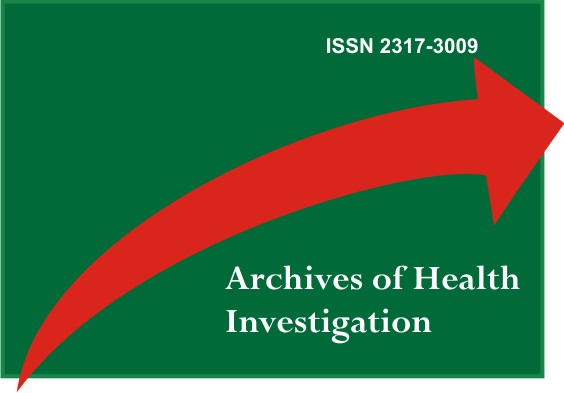Regenerative Endodontics in a Child Patient with Dental Anomaly and Incomplete Rhizogenesis: a Clinical Case Report Based on University Clinical Practice
DOI:
https://doi.org/10.21270/archi.v12i10.6267Keywords:
Dental Pulp Necrosis, Tomography, X-Ray Computed, Tooth AbnormalitiesAbstract
The claw cusp is characterized by an additional well delimited cusp, located on the surface of a front tooth that extends, at least, half the distance at the cement-enamel, junction to the incisal edge, which can cause aesthetic and functional problems for the patient. The etiology is not fully understood; however, it is believed that to occur due to genetic factors during embryogenesis or environmental factors. When affected by necrosis, the root development of these teeth is interrupted, making the endodontic treatment very challenging, as it presents thin and fragile roots, susceptible to fracture. Thus, the objective of this study, is to report a clinical case, in which regenerative endodontics, through the pulp regeneration technique, became a viable alternative for the root complementation of the tooth with a claw cusp, in a child patient. The technique recommends the invagination of undifferentiated cells from the apical region of teeth, with the apex open to the interior of the canal, with minimal instrumentation and maximum irrigation, to recover the vitality and development of the root. Although there is a wide variety of clinical protocols and, also, for being promising procedures, new studies are essential, in addition to a rigorous clinical and radiographic follow-up. In this context, the aim of this study was to report a clinical case in which regenerative endodontics, by means of pulp regeneration was a viable alternative for performing the procedure in a tooth with clawed cusp in a child patient.


